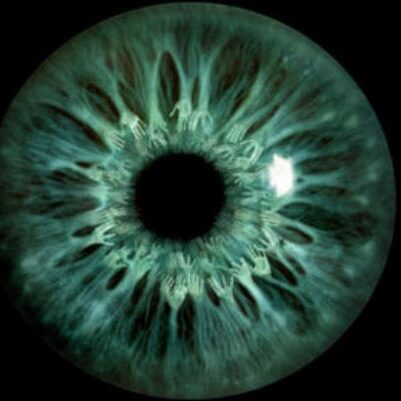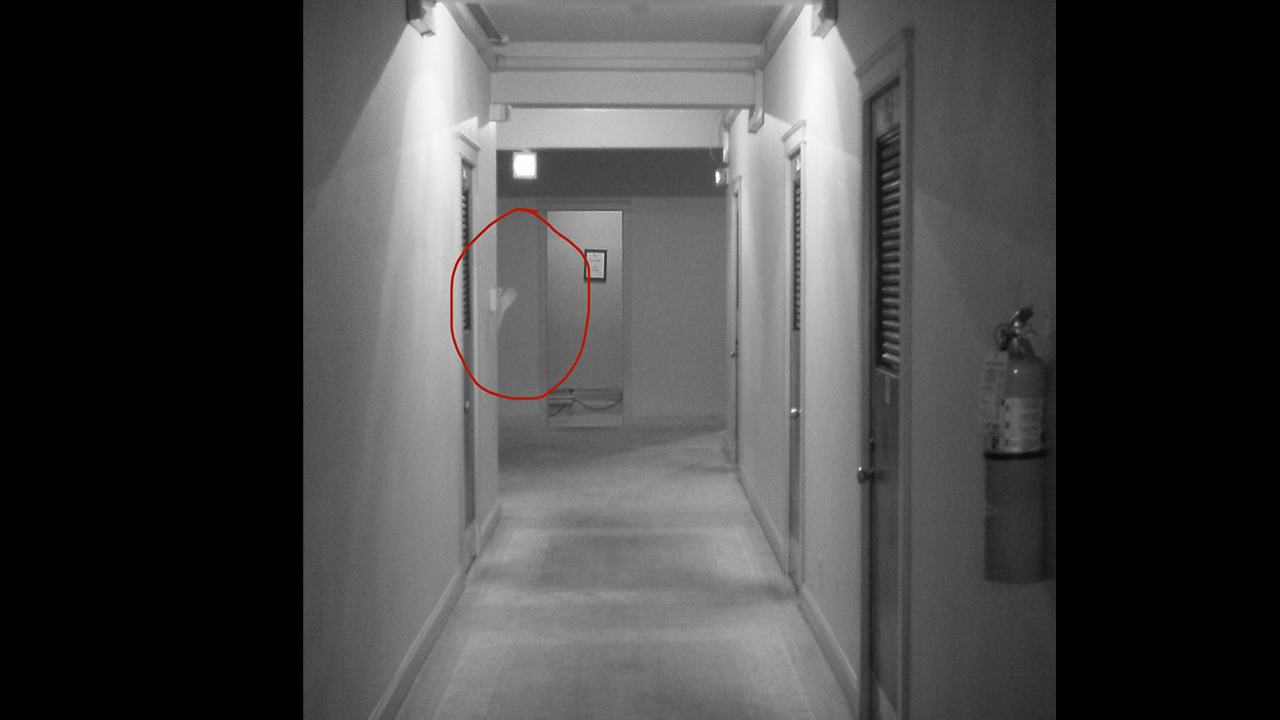Curiosity about the existence of ghosts has fascinated humanity for centuries. The debate surrounding the reality of these supernatural beings continues to stir up discussions and fuel the imagination. From paranormal phenomena and ghost sightings to scientific evidence and real-life encounters, the question of whether ghosts are real has intrigued believers and skeptics alike. In this article, we will explore the various types of ghosts, examine the search for proof, and consider the scientific explanations for these extraordinary experiences. Brace yourself for a journey into the mysterious world of the paranormal as we unravel the question: Are ghosts real?
Ghost Hunting Spirit Box – MEL-8704R & K2 EMF Meter & EVP Recorder
Types of Ghosts
Definition of Ghosts
Ghosts, often referred to as spirits or apparitions, are supernatural entities that are believed to be the souls or spirits of deceased individuals. According to paranormal beliefs, these supernatural beings are said to linger in the earthly realm and may interact or communicate with the living. While the existence of ghosts is a topic of much debate and skepticism, there are several different types of ghosts that are commonly reported or believed in various cultures and folklore.
Different Types of Ghosts
- Residual Ghosts: These ghosts are believed to be the energy or residual impressions left behind by a person or event, often replaying the same actions or scenes repeatedly. They are not aware of their surroundings and do not interact with the living.
- Intelligent Ghosts: These spirits are believed to be the conscious entities of deceased individuals who are aware of their surroundings and can interact with the living. They may carry emotions, intentions, or messages and can communicate through various means.
- Poltergeists: Unlike traditional ghosts, poltergeists are known for causing physical disturbances or disruptions in their environment. These disturbances can range from objects moving or being thrown to unexplained noises or even physical harm.
- Shadow People: These mysterious apparitions are often reported as dark, shadowy figures that are fleeting and elusive. They are known for lurking in the corners of the vision and disappearing when approached.
- Doppelgangers: Doppelgangers are ghostly duplicates or doubles of living individuals. Seeing one’s own doppelganger is often considered an omen of impending misfortune or death.
Cultural Beliefs about Ghosts
Cultural beliefs about ghosts vary significantly across different societies and regions. In many cultures, ghosts are believed to be the spirits of ancestors who continue to watch over and protect their living descendants. In some belief systems, such as those rooted in certain Asian cultures, ancestral worship and rituals are performed to honor and appease these spirits. Similarly, spirit houses or shrines are built to provide a home for the spirits and offer offerings. Other societies may perceive ghosts as malevolent entities seeking vengeance or retribution for past wrongdoings. These cultural beliefs shape the way people perceive and respond to ghost sightings and experiences.
Ghost Sightings
Personal Experiences of Ghost Sightings
Ghost sightings have been reported by individuals across various cultures and throughout history. Many people claim to have witnessed apparitions, felt a presence, or had unexplainable experiences that they attribute to ghosts. These personal experiences vary in nature and intensity, ranging from subtle sensations to full-bodied apparitions. While these accounts are subjective and cannot be scientifically proven, they contribute to the belief in the existence of ghosts.
Famous Ghost Sightings
Throughout history, several famous ghost sightings have captured public attention and fueled discussions about the supernatural. One such example is the infamous Brown Lady of Raynham Hall, a photograph taken in 1936 that allegedly captured the ghostly image of Lady Dorothy Walpole. Another well-known ghost sighting is that of Abraham Lincoln’s spirit, reported to have been seen in the White House by many witnesses, including Winston Churchill. These famous ghost sightings continue to intrigue and captivate both believers and skeptics alike.
Ghost Hunting Techniques
Ghost hunting, or paranormal investigation, is a popular activity among those who seek to capture evidence of ghosts or other supernatural phenomena. Various techniques and tools are employed during these investigations, such as:
- Electronic Voice Phenomena (EVP) Recorders: These devices are used to capture alleged spirit voices that are not audible to the human ear at the time of recording.
- EMF Detectors: Electromagnetic Field detectors are used to measure fluctuations in electromagnetic fields, which some believe are associated with ghostly presence.
- Infrared Cameras: Infrared cameras capture images in the infrared spectrum, which may reveal anomalies or unexplained shadows not visible to the human eye.
- Temperature Sensors: These devices are used to track rapid temperature changes or cold spots, which are often associated with ghostly activity.
These techniques, along with others, are employed by ghost hunters in an attempt to provide scientific evidence or support for the existence of ghosts.
Ghost Hunting Spirit Box – MEL-8704R & K2 EMF Meter & EVP Recorder
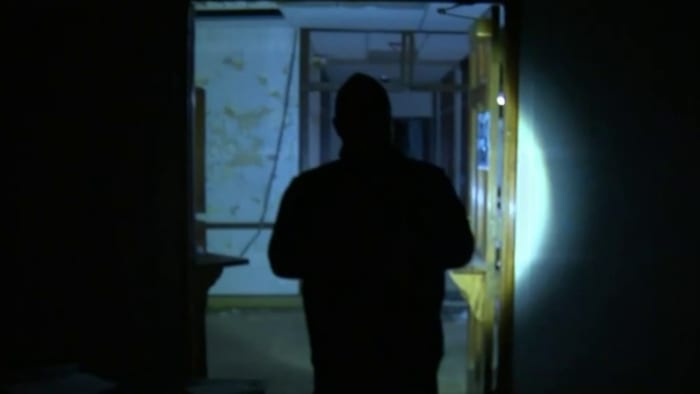
This image is property of res.cloudinary.com.
Scientific Explanations for Ghost Sightings
Psychological Explanations
Psychology offers various explanations for ghost sightings and paranormal encounters. One psychological theory suggests that these experiences may be attributed to hallucinations, illusions, or the misinterpretation of sensory information. Factors such as sleep paralysis, grief, stress, or even suggestibility can influence an individual’s perception and belief in ghosts. Additionally, pareidolia—our brain’s tendency to recognize patterns in random stimuli—can lead to the perception of faces or figures where none actually exist, resulting in perceived ghostly apparitions.
Sensory Illusions
Sensory illusions can also contribute to the experience of ghost sightings. Optical illusions, such as the Troxler effect, where stationary stimuli can fade or disappear when fixating on a particular point, can lead to misperceptions or apparent ghostly manifestations. Furthermore, auditory illusions, like the “cocktail party effect,” where our brain selectively interprets and focuses on certain sounds amidst a cacophony of noise, can create the illusion of hearing ghostly voices or footsteps.
Electromagnetic Fields and Infrasound
Some scientific theories propose that electromagnetic fields (EMF) and infrasound may play a role in the perception of ghostly activity. It is suggested that strong or fluctuating EMF fields can stimulate the brain’s temporal lobes, which may result in perceptions of the paranormal. Infrasound, which refers to sound waves at frequencies lower than what the human ear can detect, has been linked to feelings of unease, anxiety, and hallucinations. It is theorized that exposure to infrasound may lead to the sensation of a ghostly presence or eerie atmosphere.
While scientific explanations provide alternative theories for ghost sightings, they do not disprove the existence of ghosts. The debate remains ongoing, and personal beliefs continue to shape individual perspectives.
Belief in Ghosts
Cultural and Historical Beliefs
Belief in ghosts is deeply ingrained in many cultures and has been prevalent throughout history. Ancient civilizations, such as the Egyptians and the Greeks, had beliefs in spirits or souls that persisted after death. The concept of ancestor worship, where deceased family members are revered and honored, has also contributed to the belief in the existence of ghosts in various societies and religions around the world. These cultural and historical beliefs continue to influence attitudes towards ghosts, shaping perceptions and practices.
Religious Perspectives
Religious beliefs play a significant role in determining one’s perspective on ghosts. Many religions have teachings or doctrines that acknowledge the existence of spirits or souls that linger after death. For example, in Christianity, the concept of ghosts is often associated with the belief in purgatory or unfinished business on Earth. In contrast, other religious traditions, such as Buddhism or Hinduism, hold beliefs in reincarnation, where the soul is reborn into a new form after death. These religious perspectives provide individuals with a framework through which they interpret and understand ghostly phenomena.
Survey Statistics on Belief in Ghosts
Surveys conducted on belief in ghosts provide insight into the prevalence of such beliefs within society. While the results vary depending on the cultural context and the wording of the questions, studies consistently show a significant percentage of the population believing in the existence of ghosts. According to a survey conducted by Chapman University in 2017, approximately half of Americans believe in ghosts or the possibility of their existence. These statistics highlight the enduring appeal and widespread belief in ghosts, even in an increasingly skeptical and scientific world.
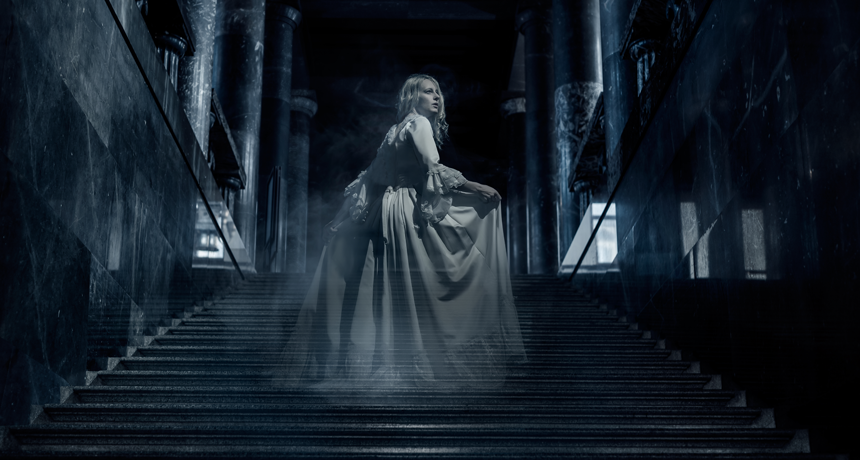
This image is property of www.snexplores.org.
Ghost Hunting Spirit Box – MEL-8704R & K2 EMF Meter & EVP Recorder
Paranormal Evidence
Photographic and Video Evidence
Photographic and video evidence of ghosts is often presented as proof of their existence. These alleged images or videos capture anomalies that appear to be ghostly figures, orbs, or unexplained phenomena. However, the authenticity and validity of such evidence are subject to interpretation and skepticism. Factors such as camera glitches, lens flares, double exposures, or simply misinterpretation of natural phenomena often provide more plausible explanations for these images.
Audio Recordings of EVPs
Electronic Voice Phenomena (EVP) recordings are one of the most commonly cited forms of paranormal evidence. These recordings claim to capture disembodied voices or sounds that are not audible at the time of recording. Believers argue that these voices may be the communication of spirits or entities from beyond the grave. However, skeptics attribute EVP recordings to various factors, including audio pareidolia, electronic interference, or simply random background noise being misinterpreted as messages.
Anecdotal Evidence and Personal Testimonies
Anecdotal evidence and personal testimonies form a substantial body of evidence for individuals who believe in ghosts. Countless stories and accounts of ghost sightings, encounters, and experiences have been shared and passed down through generations. These firsthand testimonies contribute to the belief in ghosts, as individuals find comfort in shared experiences and feel validated in their own encounters. However, while anecdotal evidence is powerful and meaningful to those who have experienced it, it is not considered scientifically conclusive evidence.
Supernatural Phenomena
Other Supernatural Phenomena
In addition to ghosts, various other supernatural phenomena are reported or believed in different cultures and folklore. Some of these include:
- Poltergeist Activity: As mentioned earlier, poltergeist activity involves the disturbance of objects or physical phenomena believed to be caused by a mischievous or malevolent spirit.
- Apparitions: Apparitions refer to the visual manifestation of a ghostly figure or entity. These can range from partial apparitions, such as floating orbs, to full-bodied apparitions.
- Hauntings: Hauntings are phenomena associated with a specific location, where paranormal activity is said to occur repeatedly. This can include footsteps, objects moving, or unexplained noises.
- Ectoplasm: Ectoplasm refers to a substance believed to be emitted by spiritual entities during manifestations. It is often described as a semi-transparent or milky substance.
- Vortexes: Vortexes are swirling energy fields that are believed to be portals or gateways into other dimensions or realms.
Ghosts in Folklore and Literature
Ghosts have a long-standing presence in folklore and literature. From Shakespeare’s Hamlet to Charles Dickens’ A Christmas Carol, ghosts have been depicted as both ethereal and vengeful, imparting wisdom, warnings, or carrying unfinished business. These literary representations of ghosts reflect cultural beliefs and serve as a means to explore themes such as mortality, guilt, and the consequences of one’s actions.
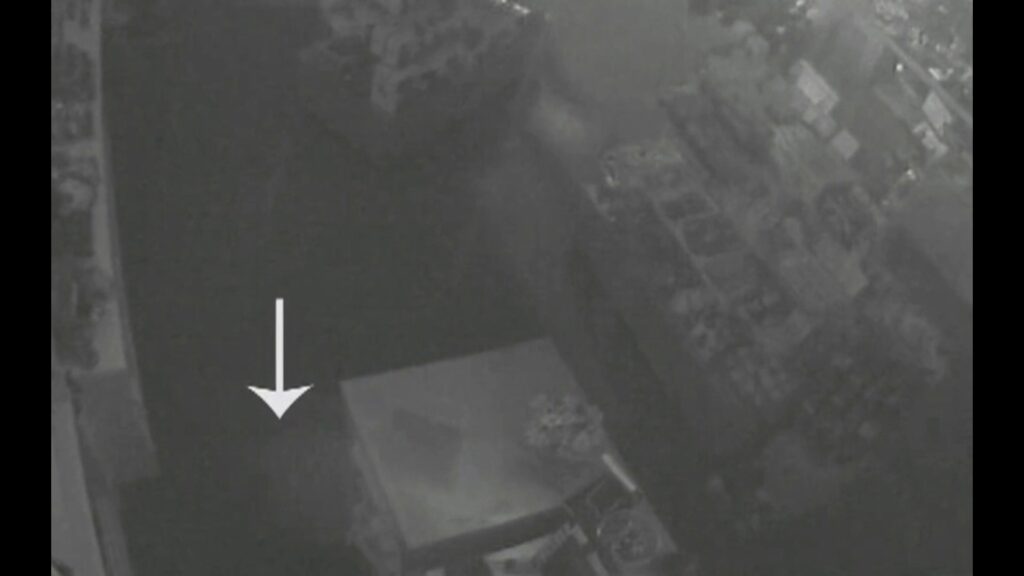
This image is property of d1vhqlrjc8h82r.cloudfront.net.
Are Ghosts Real? Scientific Evidence for Ghosts
Studies on Hauntings and Paranormal Activity
Scientific studies exploring hauntings and paranormal activity aim to investigate and analyze reported ghostly phenomena using rigorous methodologies. These studies often involve controlled experiments, case studies, and the use of various scientific instruments to measure and document any anomalies. While some studies claim to have captured evidence of ghostly activity, skepticism and debate surround the validity and reliability of these findings. The scientific community remains divided on the existence of ghosts and the interpretation of such research.
Parapsychology Research
Parapsychology is a field of study dedicated to exploring phenomena outside the realm of mainstream science, including ghostly encounters. Parapsychologists apply scientific methods to investigate the existence of psychic abilities, telepathy, clairvoyance, and other paranormal phenomena. Some researchers within this field have conducted studies specifically focused on ghostly encounters, attempting to gather empirical evidence to support the existence of ghosts. However, like studies on hauntings, parapsychology research and its findings often face criticism and skepticism from the scientific community.
Criticism and Skepticism
The scientific community, as a whole, remains highly skeptical of the existence of ghosts and the validity of paranormal evidence. Critics argue that the evidence provided is often anecdotal, subjective, or can be explained using conventional scientific theories. Skeptics emphasize the importance of critical thinking, the scientific method, and the need for extraordinary evidence to support extraordinary claims. They posit that many ghost sightings and experiences can be attributed to psychological, physiological, or environmental factors rather than supernatural entities.
Debunking Ghosts
Natural Explanations for Ghost Experiences
Many ghost experiences can be attributed to natural occurrences or phenomena. For example, unexplained noises in a house might be the result of structural settling, changes in temperature causing expansion and contraction of materials, or even the presence of wildlife. Visual manifestations, such as flickering lights or shadowy figures, can often be explained by faulty electrical systems or sleep disturbances such as sleep paralysis. Debunkers seek to explain ghostly encounters using logical, natural explanations instead of invoking the supernatural.
Hoaxes and Frauds
Throughout history, there have been numerous instances of hoaxes and frauds related to ghost sightings. Some individuals, either for personal gain, entertainment, or to perpetuate a belief, have created illusions of ghostly apparitions, fabricated evidence, or staged paranormal events. These hoaxes serve to feed the skepticism and doubt surrounding the existence of ghosts and underline the need for critical analysis and skepticism when examining paranormal claims.
Pseudoscience and Charlatans
Pseudoscience and charlatans often exploit people’s beliefs in ghosts, offering services or products claiming to interact with or communicate with the spirit world. These individuals employ techniques such as cold reading, hot reading, or psychological manipulation to convince individuals of their supposed abilities. Their practices lack scientific rigor and are not subject to peer review or empirical testing. The existence of pseudoscience within the realm of paranormal investigations further muddies the waters and raises doubts about the credibility of ghostly claims.
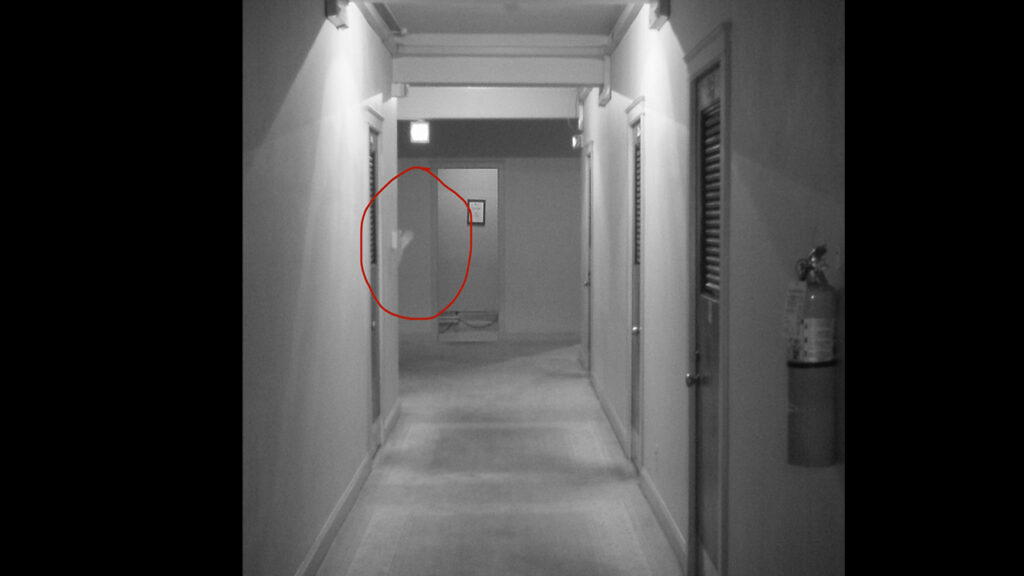
This image is property of cloudfront-us-east-1.images.arcpublishing.com.
Cultural Perspectives on Ghosts
Ghosts in Different Cultures
Beliefs about ghosts vary widely across different cultures, with each having its own unique interpretation and understanding of these otherworldly entities. In Chinese culture, for example, the Hungry Ghost Festival is celebrated to appease and honor restless spirits. In Mexican culture, the Day of the Dead is a time when families remember and honor deceased loved ones, embracing the belief that their spirits return to visit the living. These cultural perspectives shape how individuals interact with and perceive ghosts, reflecting their values, customs, and traditions.
Ghost Rituals and Practices
Cultural rituals and practices centered around ghosts are prevalent in many societies. These rituals aim to honor and appease the spirits of the deceased. Examples include leaving offerings or food at gravesites, performing ceremonies or prayers, or conducting exorcisms or cleansings to rid a space of malevolent spirits. These rituals serve as a means to maintain a connection with the spirit world and provide comfort or protection to the living.
Ghost Legends and Folklore
Ghosts play a prominent role in the legends and folklore of various cultures. These stories often serve as cautionary tales, imparting moral lessons or explaining natural phenomena. Folklore may depict ghosts as restless, vengeful spirits seeking justice or resolution, while other stories portray them as benevolent guides or protectors. Ghost legends and folklore provide valuable insight into cultural values, taboos, and the human fascination with the supernatural.
Personal Beliefs about Ghosts
Personal Beliefs and Experiences
Personal beliefs about ghosts are influenced by a multitude of factors, including cultural upbringing, personal experiences, and exposure to media or popular culture. Some individuals may have had personal encounters or unexplained experiences that solidify their belief in ghosts, while others may find comfort or meaning in the idea of a spiritual afterlife. Personal beliefs about ghosts are deeply rooted and often shape an individual’s perception of the world around them.
Factors Influencing Belief in Ghosts
Several factors can influence an individual’s belief in ghosts. These may include religious or cultural upbringing, personal traumas or losses, exposure to ghost stories or supernatural media, or personal encounters with unexplained phenomena. Additionally, the human tendency to seek meaning and comfort in the face of mortality can also contribute to the belief in ghosts. Each person’s belief system is unique and shaped by a combination of these and other factors.
The Role of Fear and the Unknown
Fear and the unknown play a significant role in the belief in ghosts. Ghost stories and encounters often evoke feelings of fear, intrigue, or uncertainty. The fear of death or the unfamiliar can lead individuals to seek answers and explanations beyond what science or rationality can provide. The mysterious nature of ghosts and the possibility of an afterlife offer comfort or a sense of continuity in the face of the unknown.
In conclusion, the existence of ghosts remains a highly debated topic with a wide range of beliefs and perspectives. While personal experiences and cultural beliefs contribute to the belief in ghosts, scientific explanations and skepticism provide alternative viewpoints. The exploration of ghostly phenomena, whether rooted in belief or skepticism, continues to fascinate and intrigue individuals around the world, reflecting our enduring fascination with the supernatural.
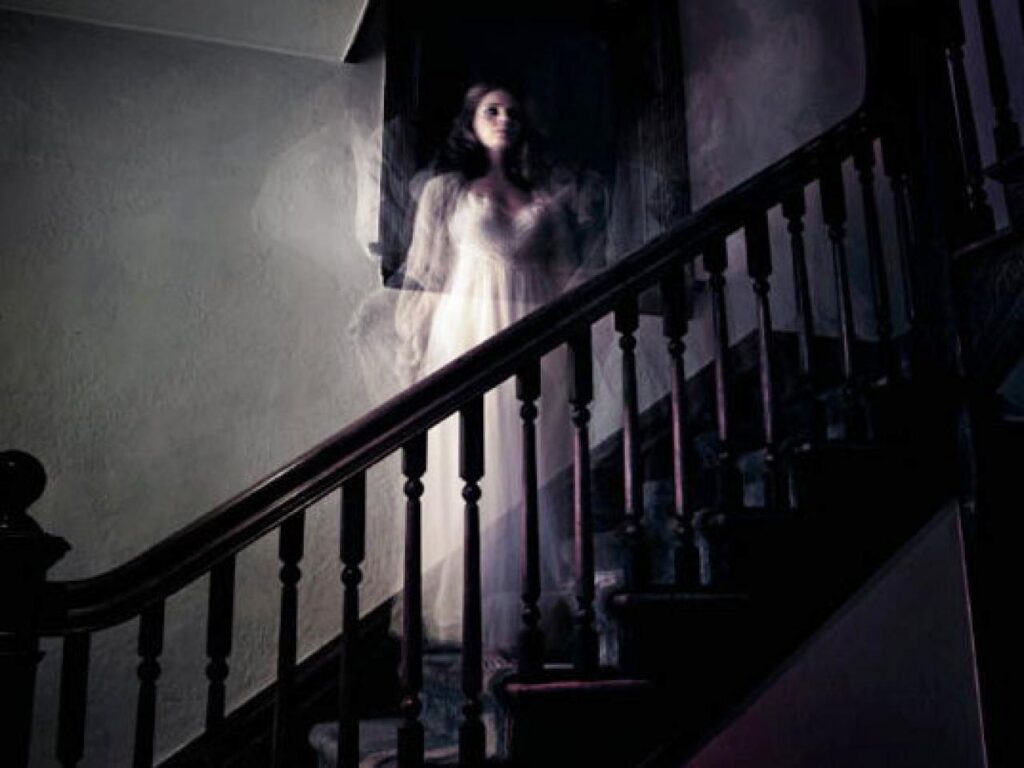
This image is property of hgtvhome.sndimg.com.
- Why Do People Put So Much Faith In Ouija Boards?
- DUENDE Encountered in Tampico, Tamaulipas, Mexico
- Possible PTEROSAUR Observed by Couple in South India Bird Sanctuary
- Pennsylvania Family Encounters MASSIVE UAP on Rural Clearfield County Highway
- QUANTUM COMPUTING & EXPLOITING PARALLEL UNIVERSES: Can Interdimensional Travel Be Realized?
- Fueling Our Economy with Hydrogen
- Strange Case from Italy: ‘I Took Six Polaroid Photos of an Alien’
- Living In A Simulated Universe Could Explain Why Quantum Mechanics Is So Weird
- World’s Smartest Man with 210 IQ On What Happens After Death
- Why We Call Him Different Names: The Many Faces of Santa at Christmas
- Mark Gatiss Brings E. Nesbit's Chilling Tale To Life For BBC's 'A Ghost Story For Christmas'
- ‘Terrible’ William II de Soules – the true inspiration for Tolkien’s evil Saruman?
- Are Ghosts A Digital Artefact In The Simulated Reality We Live In?
- DID I ENCOUNTER A DEMON? Scared in Santa Fe, New Mexico
- Experiencer Describes SMALL, FACELESS HUMANOID Encounters (SKETCH)
